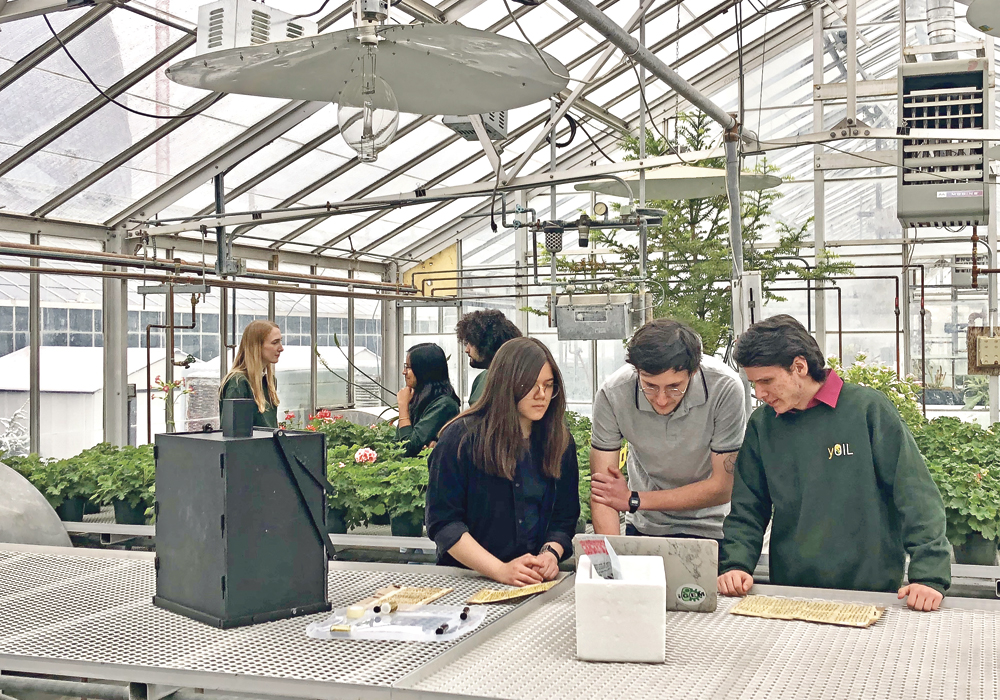University of Calgary engineering students say they have found a less expensive way to remove chlorophyll from canola oil
Students at the University of Calgary have devised an award-winning method for removing chlorophyll from canola oil.
Canola seeds contain chlorophyll when they are immature but typically lose the pigment as they ripen.
Extreme weather events such as frost and drought can cause elevated green seed counts in canola crops, resulting in chlorophyll-contaminated canola oil.
“That causes it to spoil faster, have a low smoke point and a variety of other issues,” said Sara Far, a fourth year student in plant biology.
She learned about the issue while working in the lab of Marcus Samuel, associate professor of integrative cell biology in the university’s department of biological sciences.
Read Also

Farming Smarter receives financial boost from Alberta government for potato research
Farming Smarter near Lethbridge got a boost to its research equipment, thanks to the Alberta government’s increase in funding for research associations.
Samuel has developed a canola trait that reduces green seed count in genetically modified varieties by 50 to 60 percent over control varieties after being exposed to -4 C temperatures for six hours.
Far decided it would be interesting to tackle the green seed problem from the processing side of the value chain as well.
She was one of the leaders of a team of 14 students that was able to develop a processing technology they feel will be less expensive than existing chlorophyll removal techniques and will retain more usable oil.
Their technology won second place in the undergraduate category of the International Genetically Engineered Machine Foundation’s annual competition.
The 2019 competition had entries from 353 teams from around the world, including renowned universities such as the Massachusetts Institute of Technology, Cornell and Stanford.
Far said the team was able to identify a water-soluble, chlorophyll-binding protein in E. coli cells that they produced, purified and emulsified into the canola oil.
The protein binds with the chlorophyll at the interface between the water and the oil. The chlorophyll and protein are contained in the water, which is separated from the oil.
Sebastian Alvarez, a chemical engineering student and one of the team’s leads, said most modern crush facilities use acid-activated clay to remove the chlorophyll.
“Our processing solution was meant to address the shortcomings involved in the existing system,” he said.
The students believe their system will be cheaper because the clay method requires higher temperatures and pressures. However, they weren’t able to conclusively prove that in a laboratory setting.
What they were able to show at the lab scale is that the protein approach resulted in 15 percent better oil recovery than the widely used clay method.
Far said the students want to continue optimizing the system to get even better results. They eventually intend to establish a biotech company with the intention of commercializing the product.
The Canadian Oilseed Processors Association did not respond to an interview request for this story.
The students hope to use the extracted chlorophyll to create a useful byproduct. The chlorophyll can be converted into pheophorbide a, an anti-fungal agent that can be used to inhibit the growth of sclerotinia fungus on canola crops.
Another side project is the Mean Green Machine, a device that uses artificial light and computer algorithms to assign grades to canola crops rather than relying on visual inspection.
The students have been in contact with the Canadian Grain Commission on that project.


















